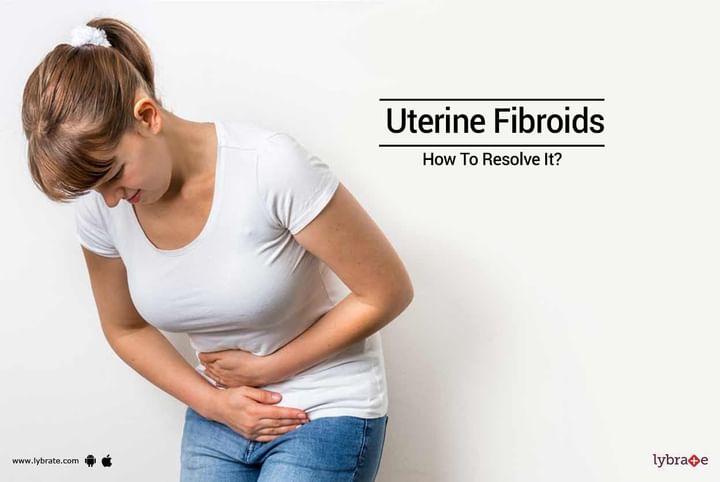Uterine Fibroids - How To Resolve It?
Also referred to as myomas or leiomyomas, uterine fibroids are the most common form of uterine tumors. In a recent study, it was found that about 70 to 80 percent of women are likely to be affected by uterine fibroids by the age of 50. And the most vulnerable age of developing uterine fibroids is between the age of 40s and early 50s.
What are uterine fibroids?
Fibroids are harmless and noncancerous tumors even though sometimes, they can give way to a rare form of cancer known as uterine sarcoma. But there is no precise way of detecting sarcoma expect when surgery is performed for removing fibroids. If you have uterine fibroids, it is important to discuss your risks for having uterine sarcoma with your doctor. Women who hail from Africa and America are more likely to have uterine fibroids. These fibroids tend to grow at a very young age and lead to more severe symptoms. You may also have an increased risk of uterine fibroids in case you have never been pregnant or are severely obese.
Some women have uterine fibroids, but they don’t have any symptom or discomfort, and the number of such women is usually high. It is generally perceived that a woman with uterine fibroids who don't have any symptoms would not require much treatment other than general observation.
What are the most common symptoms of uterine fibroids?
Even though numerous symptoms are associated with having uterine fibroids, the most common of them are having heavy menstrual flow with blood clots. It can also cause bleeding when you are not supposed to have menstruation, urge to pass urine frequently, abdominal bloating, pelvic cramping, and painful sex.
Even though you can still get pregnant while having uterine fibroids, you are likely to face various difficulties since these small lumps can alter the size as well as the shape of the uterus.
What is the most common treatment option for uterine fibroids?
Scores of hysterectomies, which is the medical term given to the surgical removal of the uterus, are performed each year for uterine fibroids. It not only snatches away the power to procreate but also carries its own risks and complications. Doctors suggest this option when uterine fibroids are very painful, or other treatment options have failed to eliminate the symptoms.
But the good news is that hysterectomy is not the only option for treating uterine fibroids. Other treatment options include myomectomy which is the surgical removal of the fibroid, hormone therapy to shrink the fibroid, Uterine Fibroid Embolization that stops the blood supply to the fibroid thus shrinking it, and Ultrasound to destroy the fibroids.
When you are nearing or in menopause, you can monitor the condition as the fibroids tend to shrink due to a drop in the levels of estrogen and progesterone.



+1.svg)
